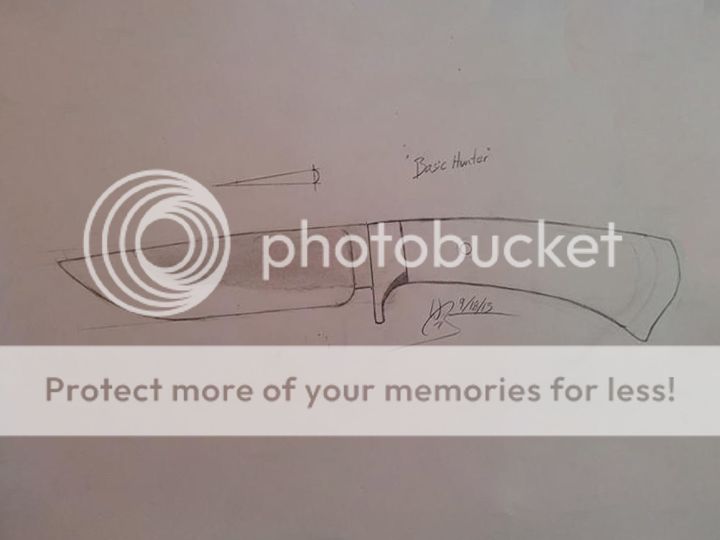- Joined
- Feb 28, 2007
- Messages
- 184
I've finally gotten down to drawing out a design for a drop point hunter which is one of, if not the number 1, favourite knife styles. It's based off of many of J.Doyle's knives and I think it's a decent design, but I've never actually held one to inspect it for specs and design or even what kind of grind they have.
If you guys could critique, give suggestions, make some design changes or something similar, that would be wonderful.
Not bad for a first time drawing out a knife, eh?

If you guys could critique, give suggestions, make some design changes or something similar, that would be wonderful.
Not bad for a first time drawing out a knife, eh?

Last edited:

